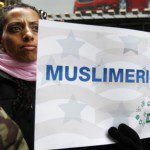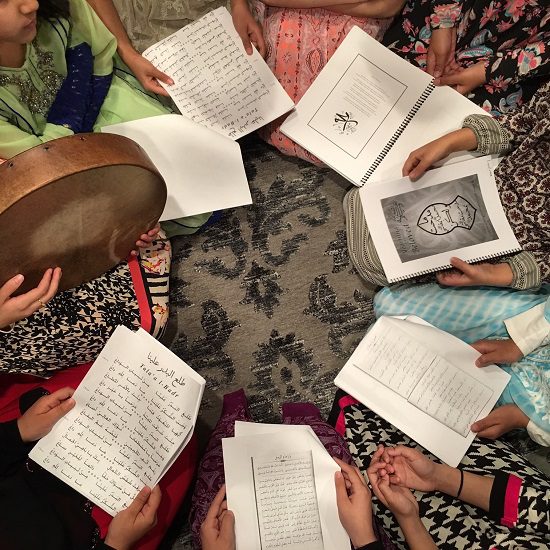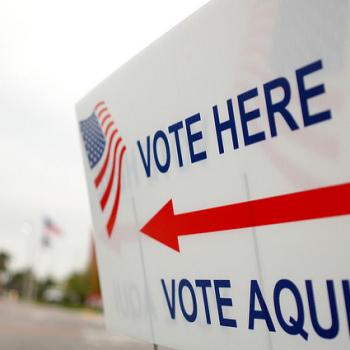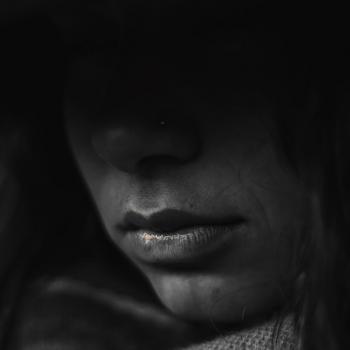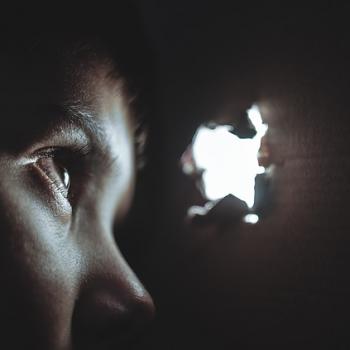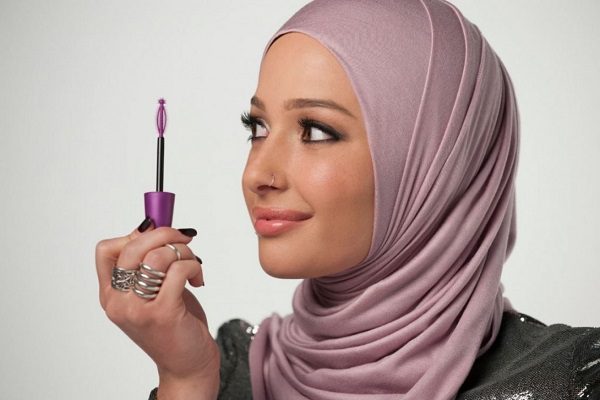
By Tasneem Mandviwala
2016 has been host to many strange and surprising things. While the country was distracted by the obviously important—a polarizing election, the Syrian refugee crisis and the Black Lives Matter movement— a Trojan horse managed to sneak into Muslim America: Playboy magazine, CoverGirl cosmetics, and high fashion (specifically New York Fashion Week and Dolce and Gabbana) all lost their hijab virginity in 2016. But I’m not sure this is something to celebrate.
Of course, I recognize that Noor Tagouri agreed to be featured in Playboy because she sees it as a vehicle to reach Americans who might not otherwise know that she aims to become the country’s first hijabi Muslim news anchor. I also realize that Nura Afia landed her job as CoverGirl’s first hijabi model because she has been diligently creating quality YouTube make-up tutorials for years now. However, I see inlets via traditionally patriarchal avenues into mainstream America as a problem. I understand these traditional channels are likely one of the best ways to become part of the dominant American culture—the make-up industry alone is a multi-billion dollar machine—but I have a vague distrust of the direction in which Muslim mainstreaming is heading for a few reasons:
First, by launching Muslim Americans into the mainstream through the beauty and fashion industries, the “Muslim woman” becomes another yet another source of fodder for these mammoth businesses — businesses that bear the lion’s share of the responsibility for skewed body image, depression and feelings of worthlessness in our gender the world over. I fully appreciate the importance of little girls seeing women in magazines and on television who reflect their own Muslim identities; it helps these girls feel included and normal rather than marginalized and othered.
But, rather than expanding the scope of what it means to be a woman, the fashion and makeup machinery takes women and reshapes them to fit into the industry. Take a look at Tagouri, Afia or the Muslim models on the runway. See anyone fat? Short? Dark skinned? I didn’t think so. And this is precisely why Muslim Americans trying to break into mainstream American culture via platforms that objectify women should give us all pause.
Second, what kind of effect will seeing perfectly made up Muslim women who meet confining standards of beauty have on young Muslim American women? Although it is not often acknowledged, many Muslim American women experience a cognitive dissonance of sorts, suspended between the modesty Islam commands and the beauty and sexiness Western culture demands. Although the Quran calls for both genders to dress and behave modestly, it is women the world over — Muslim and otherwise — who usually carry the burden of this loaded virtue.
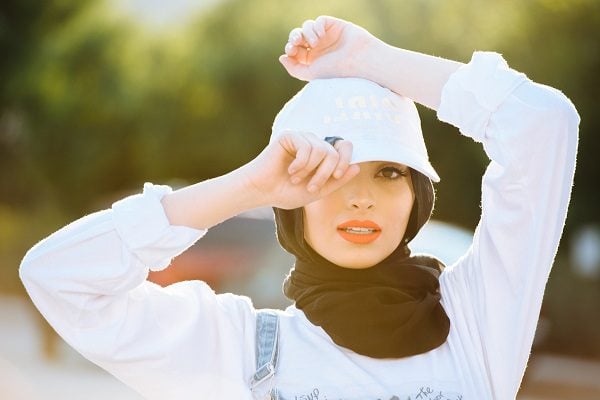
The Quran tells Muslim men to lower their gaze from the female form, an uncannily relevant commandment in an age that freely doles out everything from advertisements blatantly objectifying women to free internet porn. Seeing Muslim women on the pages of magazines and in commercials in sexy roles may validate many Muslim men’s unspoken belief that all women should be openly and publicly sexy, not just non-Muslim females. “If she can do it in a headscarf, why can’t you?”
The issue here is not whether or not individual Muslim women want to display their desirability in a public way. Rather, my concern is that by using the beauty and fashion industry as an avenue into mainstream American culture, we risk sending the message to young Muslim women (and men) that public displays of beauty and sexiness are the new normal, that this is now what we expect from Muslim American women, even if they feel it clashes with their religious values. In fact, it sends the conflicting message that Muslim American women must be simultaneously modest and openly sexy.
Hijab and a lash of red lipstick with a sultry, smoky eye.
If seeing is believing, then these beauty and fashion campaigns will give women in head scarves a feeling of inclusion. However, so far, only certain types of women in headscarves are included — slim, fair, sexy, heavily-made up and impeccably fashionable ones. The campaigns and media attention normalize the hijab in the mainstream’s gaze, but it also validates decades of patriarchal and Western voices telling women what they should look like and how they should behave.
Is this really how Muslim Americans want to merge into the mainstream?
Tasneem Mandviwala is a PhD candidate at the University of Chicago who is researching the experiences of Muslim American women from a socio-cultural viewpoint. She writes, paints, and sings (badly) and hopes to contribute love and understanding to the world. A version of the post originally appeared on Altmuslimah, which is unaffiliated with Altmuslim.


